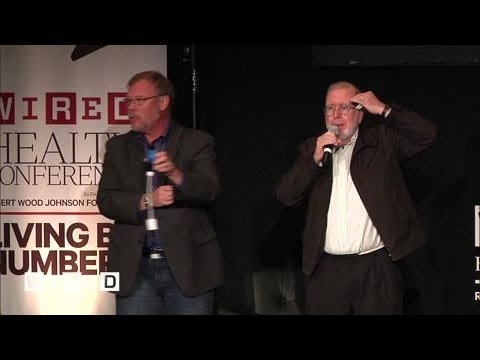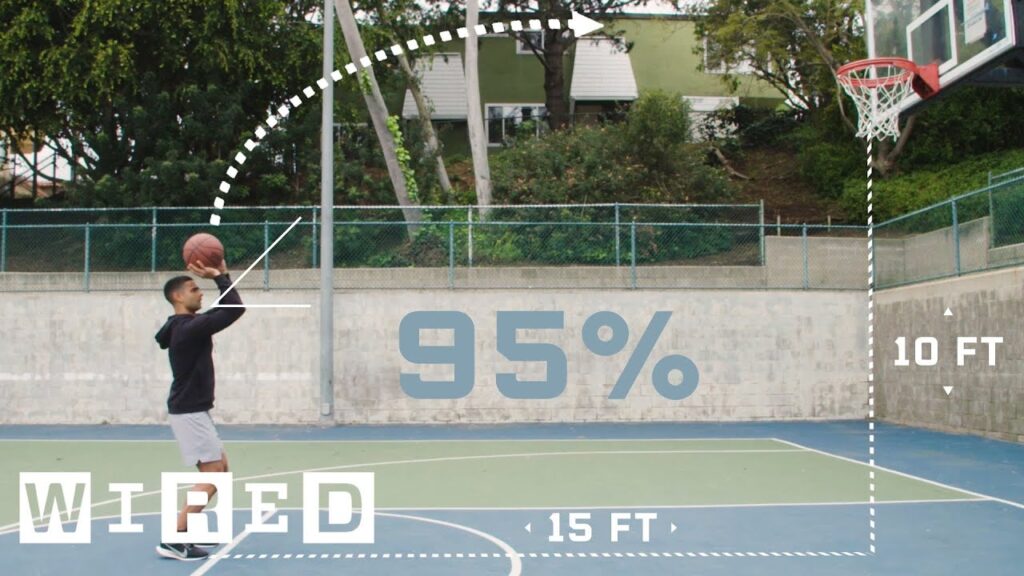The Art of Mirroring: An Innovative Approach to Self-Perception
Summary
Daniel Rosen, an artist and innovator, has spent years creating intricate pieces of art that he calls mirrors. These mirrors aren’t like the traditional ones we think of. Instead, they use innovative technology and unique materials to reflect the viewers themselves in a new way. Rosen’s work involves creating a participatory experience where the viewer becomes part of the art piece. Each mirror is meticulously designed and programmed to reflect the viewer’s form. Rosen’s goal is to transform the way we perceive ourselves by collapsing the divide between our self-perception and how others see us.
Table of Contents
- The Origin of Mirrors
- The Challenges of Creating a Wooden Mirror
- Lo-Fi Technology and the Difficulties of Making Mechanical Mirrors
- Unique Challenges of Each Art Piece
- Exploring New Materials in Mirror Design
- Sonic Elements and the Future of Mirror Art
- The Importance of Viewer Participation in Mirror Art
The Origin of Mirrors
Q: What inspired Rosen to create mirrors as a form of art?
A: Rosen believes that mirrors are one of the most transformative inventions in human history, yet somehow overlooked. He believes that no other invention has transformed the way we perceive ourselves and the world around us as effectively as the simple mirror. Rosen’s interest in creating mirrors as art pieces came from the idea of participation and interaction. He wanted to create an experience where viewers became part of the artwork.
The Challenges of Creating a Wooden Mirror
Q: What was the first mirror Rosen created and what challenges did he encounter?
A: Rosen’s first mirror was a wooden mirror made of 835 pieces of pins. Creating this wooden mirror was a significant challenge for Rosen. It took him almost a year to build, and he had to learn how to fabricate all the wooden tiles, move all the motors, and do the video capture. The wooden mirror used a video camera and just pixelated what it saw. However, if there was a person standing in front of a noisy background, it was hardly visible. Rosen had to put a white wall behind the person, making it difficult for displaying his art in an office environment or a museum.
Lo-Fi Technology and the Difficulties of Making Mechanical Mirrors
Q: Why did Rosen switch from servo motors to stepper motors?
A: Rosen used servo motors initially, which were cheap and easy to control. However, since they were made of plastic, they were meant to fly model airplanes for about ten minutes, not move 24 hours a day and hundreds of times. Therefore, those motors would eventually fail. He switched to stepper motors because they have all-metal parts, don’t have plastic gears that fail easily, and are more durable but tougher to program.
Unique Challenges of Each Art Piece
Q: What is the most challenging aspect of creating these art pieces, according to Rosen?
A: The most challenging aspect for Rosen is the multiplicity of the art pieces. Everything he creates needs to be done at least a thousand times. For example, wiring and controlling one motor is typically pretty easy, but wiring and controlling a thousand motors is where the real challenge comes in. He also faced unique challenges with each material. Rosen is interested in the idea of perception, and creating mechanical pieces means chopping up an image into pixels. Sometimes he uses round pixels or pixelated trash, such as in his Trash Mirror.
Exploring New Materials in Mirror Design
Q: Why did Rosen choose to use wood and brass materials in his latest mirror for ASCAP?
A: His latest project for ASCAP is made of wood and brass, which are traditionally used to create musical instruments, as well as mirrored steel. Rosen is experimenting with incorporating sound into his art pieces. The piece will produce sonic output made by the 768 tiles of different materials that can tilt up and down, which make a slightly different sound based on the material. Rosen divides these tiles into columns to create faster exchanges of notes, such as a staccato or accelerando.
Sonic Elements and the Future of Mirror Art
Q: What is Rosen’s goal for incorporating sound in his mirror artwork?
A: According to Rosen, sound has always been a part of his installations, but this is the first time he’s consciously trying to design an art piece to produce sonic output. The use of sound in Rosen’s mirrors will create a more immersive experience for viewers. He wants people to come away with not just a visual, but also an auditory experience. Rosen sees this as a natural progression of his art, as he continuously explores new ways to make his mirrors more interactive and engaging.
The Importance of Viewer Participation in Mirror Art
Q: Why is viewer participation so important to Rosen’s artwork?
A: Rosen believes that his art pieces are very dull without a person standing in front of them. He says that if you go to a gallery and look at one of his screen pieces or interactive mechanical pieces, they will be empty or still, respectively. For Rosen, the viewer is essential to creating the art piece. When a person stands in front of one of his mirrors, they immediately understand the interface to it. They see themselves reflected, and the contents of the piece are them. Rosen believes that this moment of self-reflection is key to his work: “It’s a very emotionally charged moment. And that is a moment that actually defines a lot of my art.”
Conclusion
In conclusion, the art of mirror-making has come a long way since its simplistic beginning. With the use of innovative technology and unique materials such as wood, trash, and motion sensors, artists like Daniel Rosen have been able to create truly transformative experiences for their viewers. The self-reflective aspect of the art pieces, combined with the use of sound, takes the experience to another level. The importance of viewer participation cannot be overstated in this art. The creativity and innovation that goes into each piece are a testament to the power of mirrors and their transformative effect on our self-perception.







